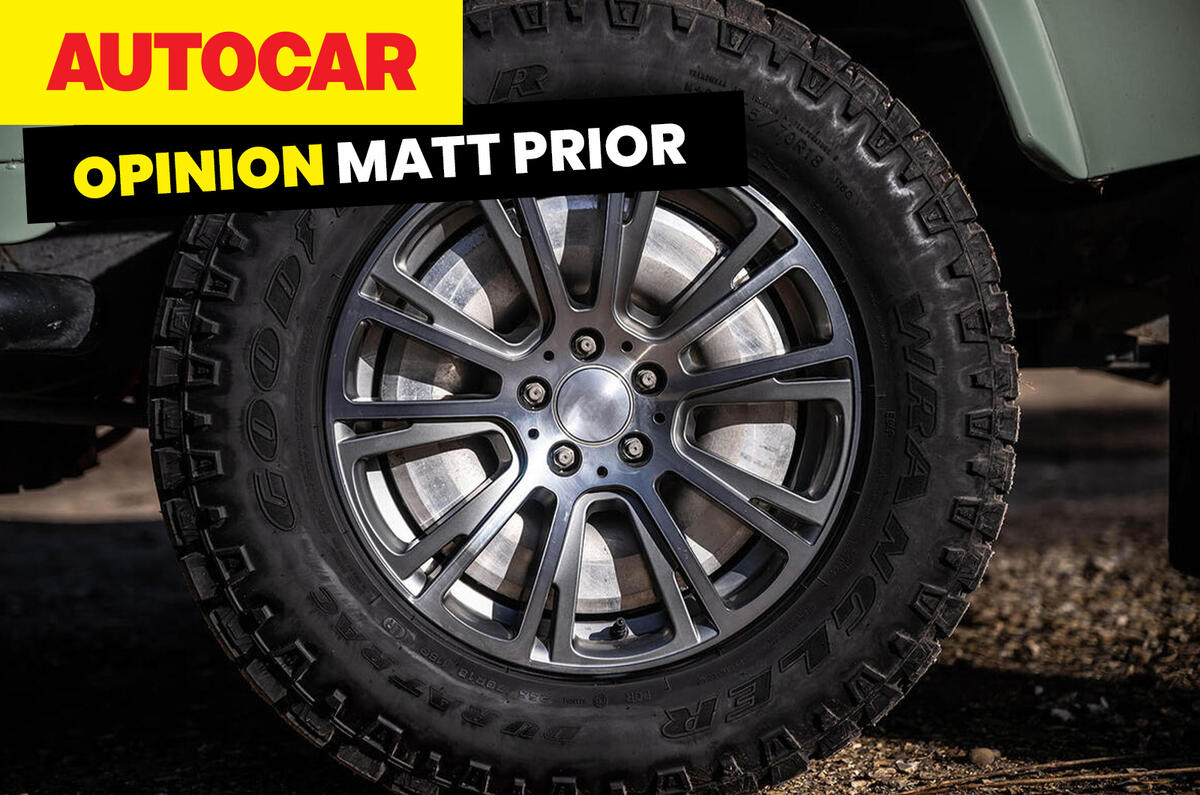A company about to put 39kg electric motors into wheels has concluded, thanks to a study by Lotus Engineering, that unsprung mass – the weight that lives at the road end of your suspension – doesn’t matter a bit.
This will be a surprise those of us who remember reports emerging frequently from down the corridor at Lotus Cars, celebrating every time they developed a new wheel that shaved 200 grams from each unsprung corner of an Elise.
Back then it mattered – but now it doesn’t? Hmm... My understanding, gained from the number of automotive engineers who have told me during the past three decades, is that reducing unsprung mass is an excellent thing to do because it’s easier to control the movement of a light wheel than it is a heavy one.
Not only is a vehicle’s body less deflected by it, but the wheel also returns to the road more quickly. Plus it has a lower rotational inertia, so the car accelerates and decelerates faster, too.
I thought that so long as the components are strong enough, there was no real downside to making the wheel/brake/hub combination lighter. And quite a lot of downsides to them being heavier.
And I have my own experiences: the revelation in agility when I first fitted lighter rims to my mountain bike; trying a Porsche Cayman with iron brake discs and then the lighter PCCB carbon-ceramics, with which it steered and rode much more easily; and the noticeable thump from the rear wheel of the still-excellent Maeving RM1 electric motorbike, which has a wheel-mounted motor.
It’s true that a heavier body is less easily deflected than a lighter one, and Protean is developing motors for vehicles weighing up to 5.2 tonnes, not Caterhams. But even so, either back then, or now, or both, somebody has been over- or under-egging this unsprung mass thing.








Join the debate
Add your comment
Yes of course it matters so far as dynamics are concerned, but maybe not that much. And I think you need to look at the whole picture. Maybe the in-wheel motors could weigh a lot less than the 39kg quoted, especially in a low powered vehicle or one with 4WD? And the weight of the motors might help reduce overall weight with no need for differential or driveshafts. Then there are the packaging advantages permitting a slighly smaller or more spacious vehicle and the handling benefits of vectored torque distribution. I don't think it's a simple matter...
As long as it steers goes in the right direction ,has plenty of feel, I'm not unduly worried how the motive power is applied, I will say you can't defy inertia, when cornering a cars weight is transferred to the loaded wheel,ok, you may be able to disguise it but you'll be aware of the weight through your body.
Definitely matters on a MTB (or any cycle), not as important on a 2+ tonne car. i..e it's the unsprung mass as a proportion of total mass that matters.